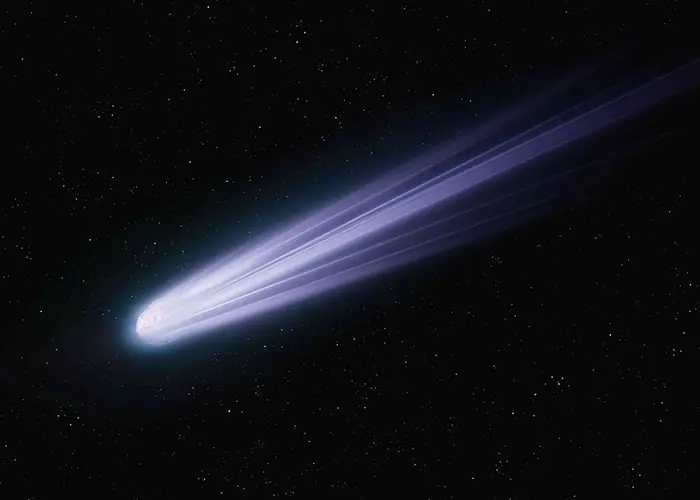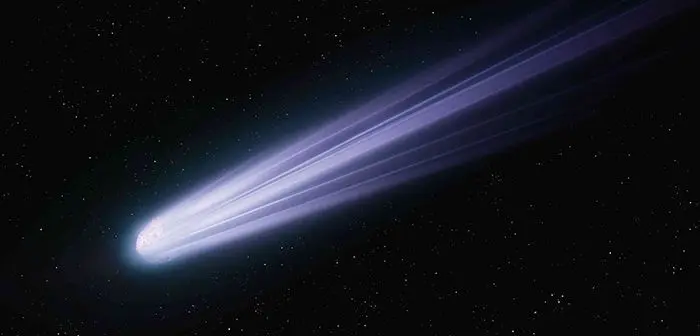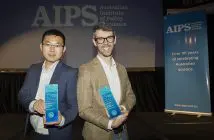
Curtin University researchers are uncovering the origins of the solar system by delving into the secrets hidden within a 4.5-billion-year-old asteroid.
After a seven-year journey, NASA’s billion-dollar OSIRIS-REx mission returned samples from the asteroid Bennu to Earth last September. Specimens were sent to research laboratories worldwide, including Curtin.
The samples were mostly dark particles ranging from dust-sized to approximately 3.5 cm long. However, there were some lighter particles scattered throughout, some with stones also having brighter material forming veins and crusts. The first findings were recently published in the Meteoritics and Planetary Science journal.
OSIRIS-REx Sample Analysis Team member Associate Professor Nick Timms from Curtin’s School of Earth and Planetary Sciences said unlike meteorites, which have fallen to Earth, the material collected from Bennu had been kept in pristine condition and not contaminated by Earth’s atmosphere or biosphere.
“Analyses show Bennu is among the most chemically primitive materials known, similar in composition to the visible surface of the sun,” he said. “This indicates Bennu has undergone different processes to the planets, and these processes changed the abundance of particular elements relative to the sun.”
Aside from Timms, the Curtin team working on the samples included Professor Phil Bland, Professor Fred Jourdan, Professor Steven Reddy, Associate Professor William Rickard, and Dr David Saxey.
Analysis of the samples confirmed the presence of various components previously thought to be present, such as hydrated phyllosilicates (a type of mineral that forms in the presence of water) and carbon-rich material.
“We were surprised to find magnesium-sodium phosphates, which further suggests Bennu experienced chemical environments, which possibly involved water,” said Timms. “We also found other trace minerals, which offer clues as to the processes which have happened on Bennu over billions of years, such as temperature and pressure conditions. These trace minerals help paint a picture of Bennu’s evolution and also offer insights into the early solar system and how the different planetary bodies in the solar system were created.”
Timms expects many more discoveries from the Bennu samples, which will have a wide range of implications for understanding the early solar system.
“The sample has presolar grains created before our solar system existed, which can provide a detailed biography of the lives of ancient stars,” he said. “There are also very practical implications to understanding the composition of asteroids, from identifying potential mining opportunities to knowing how to best protect ourselves should an asteroid be on a collision course with Earth.”





